admin
SOURCE: AFI


Unlike other fighters like the Rafale or Su-30MKI, the F-35 isn’t designed to operate independently. It relies heavily on an ecosystem of software, data-sharing networks, and logistical support that is entirely controlled by the United States. This means India wouldn’t just be buying a plane; it would be locking itself into a complex, costly, and highly controlled American military-industrial system.
One of the biggest concerns is the Autonomic Logistics Information System (ALIS), now being replaced by ODIN. This cloud-based system manages maintenance, mission planning, and logistics for all F-35s worldwide. However, it is controlled by Lockheed Martin and the US Department of Defense, making every aspect of the jet’s operations reliant on American approval. Even close US allies like Australia and the UK have faced delays in getting ALIS approvals, raising concerns about operational independence.
Continue readingSOURCE: AFI
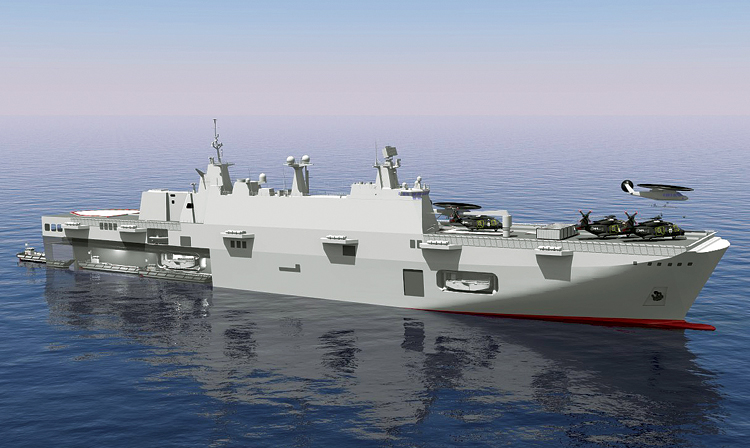

General Electric (GE) Vernova is set to develop a land-based test facility in Hyderabad-India for a full-electric propulsion system designed for the country’s next generation of Landing Platform Docks (LPDs). Integrated Full Electric Power and Propulsion (IFEP) solutions offer enhanced flexibility in vessel design, power scalability, and maintenance efficiency. By eliminating the need for a fixed mechanical drive shaft, powerful electric propulsion motors can be positioned throughout the vessel to maximize available space and improve survivability.
The Ship’s Electric Grid is highly versatile, making electric drive ships suitable for both smaller, lower-voltage naval and coastguard fleets as well as large, high-voltage combat ships. This integrated system efficiently combines power for propulsion and on-board equipment, streamlining energy management across various naval platforms.
Continue readingSOURCE: AFI


The Aeronautical Development Establishment (ADE), a premier research and development laboratory under India’s Defence Research and Development Organisation (DRDO), is making significant strides in the field of advanced simulation technology. Recent developments indicate that ADE is actively working on AI-enabled high-fidelity simulators, a cutting-edge tool designed to revolutionize training, testing, and validation across various sectors, including defence, aerospace, and autonomous systems. This article explores what AI-enabled high-fidelity simulators are and how ADE’s efforts are shaping the future of simulation-based innovation.
High-fidelity simulators are advanced systems that replicate real-world environments, scenarios, or processes with remarkable accuracy. These simulators use sophisticated hardware and software to mimic the physical, visual, and operational characteristics of actual systems, such as aircraft, vehicles, or medical procedures, in a controlled setting. The term “high-fidelity” refers to the level of realism and detail these simulators offer, making them almost indistinguishable from reality in terms of sensory feedback, behavior, and complexity.
Continue readingSOURCE: IDRW.ORG


In a significant update for India’s defence sector, Hindustan Aeronautics Limited (HAL) Chairman DK Sunil recently announced that the Astra Mk1 Beyond Visual Range Air-to-Air Missile (BVRAAM) will be test-fired from the advanced Tejas Mk1A fighter jet within the next 15 days. This development, shared on February 18, 2025, marks a critical step toward enhancing the combat capabilities of the indigenous Light Combat Aircraft (LCA) and meeting the Indian Air Force’s (IAF) stringent requirements.
According to DK Sunil, the upcoming test firing is one of the final hurdles before the Tejas Mk1A can be fully certified and deployed operationally. Posts on X and defence news outlets have echoed this sentiment, with users and analysts noting that the test will provide crucial data on the missile’s performance when guided by the ELTA ELM-2052 AESA radar, a marked improvement over the older ELM-2032 radar used in earlier Tejas variants. The revalidation process is vital to ensure seamless integration and optimal performance, especially as the IAF plans to deploy the aircraft at forward airbases closer to potential conflict zones.
Continue readingSOURCE: IDRW.ORG


At the Aero India 2025 exhibition, held from February 10-14 at the Yelahanka Air Force Station in Bangalore, Russia’s state-owned defense export agency, Rosoboronexport, showcased the advanced capabilities of the Pantsir-S1M, the latest variant of its renowned Pantsir family of air-defense systems. The event provided a platform for Rosoboronexport to reveal intricate details about the sensors integrated into the Pantsir-S1M, drawing significant attention from military experts, defense officials, and industry stakeholders. Amidst this unveiling, speculation is rife that Russia is actively pitching this cutting-edge system to India, bolstered by a recent memorandum of understanding (MoU) signed with India’s Bharat Dynamics Limited (BDL).
The Pantsir-S1M is an advanced evolution of the Pantsir-S1, a self-propelled anti-aircraft gun and missile (SPAAGM) system developed by Russia’s Konstruktorskoe Byuro Priborostroeniya (KBP) Instrument Design Bureau. Designed to counter a wide range of modern aerial threats—including drones, stealth aircraft, precision-guided munitions, and high-speed missiles—the Pantsir-S1M represents a significant upgrade in terms of technology, range, and tactical flexibility. It combines short- to medium-range surface-to-air missiles with dual 30mm autocannons, offering a multi-layered defense capability that is highly mobile and adaptable to various operational environments.
Continue readingSOURCE: AFI
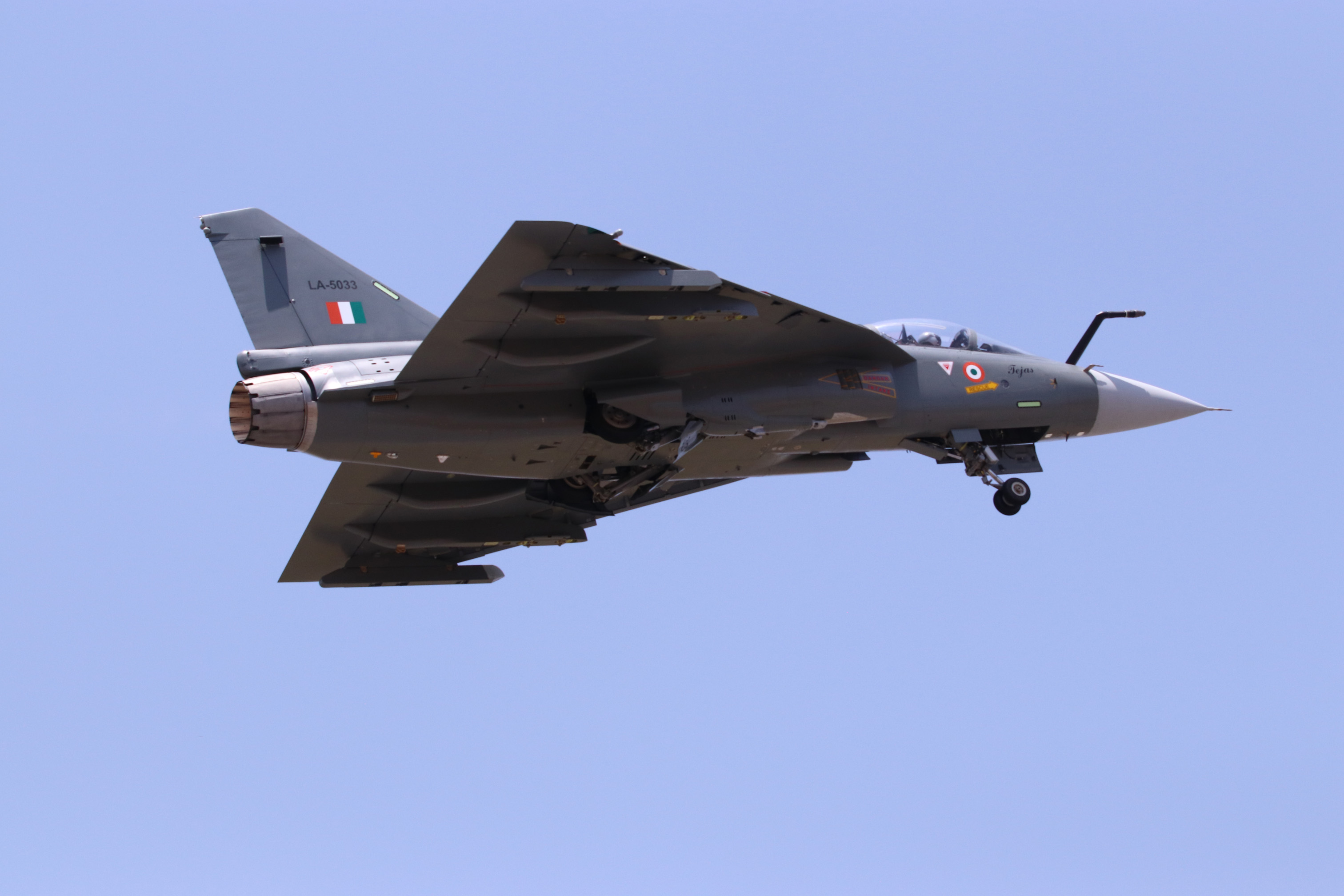

Hindustan Aeronautics Limited (HAL) is setting an ambitious goal to ramp up production of the Tejas Mk1A fighter jet to 30 aircraft per year by 2027, a move that underscores India’s drive toward self-reliance in defence manufacturing under the “Make in India” initiative. In a recent statement on February 18, 2025, HAL Chairman DK Sunil revealed that the company has placed orders with private sector firms to supply assembled fuselages, complete with internal components, to reduce assembly time at the final assembly line.
A key component of HAL’s strategy is outsourcing the production of assembled fuselages to private sector firms. Traditionally, HAL has handled the manufacture of major aircraft components, such as the front, centre, and rear fuselages, as well as wings, internally or through a network of over 270 Micro, Small, and Medium Enterprises (MSMEs). However, to accelerate production and reduce bottlenecks at the final assembly line, HAL has now placed orders with private companies to deliver fuselages that come pre-assembled with internal components. This approach minimizes the time and labor required during final assembly, allowing HAL to focus on integrating avionics, weapons, and engines more efficiently.
Continue readingSOURCE: AFI


India is reportedly considering a landmark proposal from Russia to locally manufacture the Sukhoi Su-57, its advanced fifth-generation fighter jet, in a move that could redefine the two nations’ decades-long defence partnership. Dmitry Shugaev, Director of Russia’s Federal Service for Military-Technical Cooperation (FSMTC), shared this development with Sputnik on the sidelines of the International Defence Exhibition and Conference (IDEX) 2025 in Abu Dhabi, signalling a potential expansion of collaboration under India’s “Make in India” initiative.
Shugaev’s comments to Sputnik suggest that India is actively evaluating the offer, though no final decision has been made. He emphasized Russia’s readiness to facilitate local manufacturing, potentially at facilities like Hindustan Aeronautics Limited (HAL), which has a history of producing Russian-designed aircraft such as the Su-30MKI. This move aligns with India’s strategic goal of reducing dependence on foreign imports and enhancing its indigenous defence manufacturing capabilities, a key pillar of the “Atmanirbhar Bharat” vision.
Continue readingSOURCE: AFI


In a recent interview with DW, Chinese military expert and retired Senior Colonel Zhou Bo outlined a potential pathway for China and India to play significant roles in resolving the ongoing conflict in Ukraine. Speaking on February 17, 2025, Zhou suggested that both nations could contribute in three key areas: providing a collective security guarantee to Ukraine, participating in peacemaking efforts, and ensuring that any peacekeeping mission avoids escalating tensions with Russia.
Zhou Bo emphasized that China and India, as major global powers outside the NATO framework, could collaborate to offer a collective security guarantee to Ukraine. This role would involve assuring both Kyiv and Moscow that any ceasefire or peace agreement would be backed by credible measures to prevent future aggression. According to Zhou, such a guarantee could help rebuild trust between the conflicting parties, providing a buffer against renewed hostilities without escalating tensions with Russia.
Continue readingSOURCE: AFI
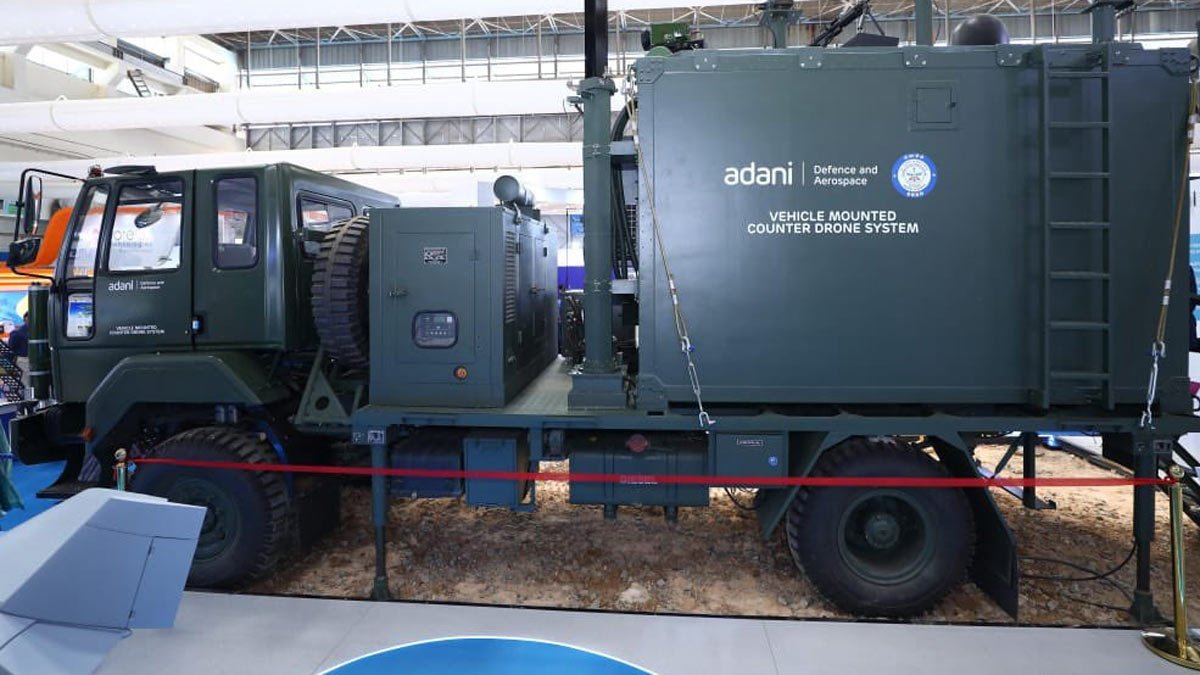

As the threat from hostile drones and unmanned aerial systems (UAS) continues to escalate in both conventional and irregular warfare, India’s armed forces are intensifying efforts to counter this evolving menace. The proliferation of drones—demonstrated vividly in conflicts like Armenia-Azerbaijan, Israel-Hamas, and Russia-Ukraine—has underscored their potential to disrupt military operations, target critical infrastructure, and overwhelm traditional air defense systems. In response, the Indian Army, Air Force (IAF), and other security agencies are accelerating the induction of anti-drone systems, while emphasizing the urgent need for more advanced, indigenous solutions with enhanced capabilities.
The Indian Army recently floated a tender for the procurement of nine indigenous Integrated Drone Detection and Interdiction Systems (IDD&IS), adding to those already inducted under emergency procurements to secure the frontier with China. These vehicle-mounted systems, currently in use by the Army Air Defence, are designed to detect and neutralize drones through a combination of “soft-kill” (jamming and spoofing) and “hard-kill” (laser-based destruction) measures. However, their limitations—such as a soft-kill range of 2 to 5 kilometers and a hard-kill range of just 800 meters—highlight the need for more advanced technologies.
Continue readingSOURCE: RAUNAK KUNDE / NEWS BEAT / IDRW.ORG


At a recent Aero India 2025, DATA Patterns, a leading Indian defence electronics company, unveiled its Hawk I 2700 X-band GaN-based Active Electronically Scanned Array (AESA) Radar, positioning it as a contender for the Indian Air Force’s Sukhoi-30 upgrade program. According to a company official speaking to idrw.org, the Hawk I 2700 is not a derivative of the existing 4-axis (4D) airborne radar known as Virupaksha but is instead a direct competitor, showcasing new and distinct capabilities.
The Hawk I 2700 radar system is packed with 2700 TRMs which makes it technically bigger than the Virupaksha Radar that has 2400 TRMs. Hawk I 2700 can detect targets with a Radar Cross-Section (RCS) of 5 square meters up to 350 kilometres. For targets with an RCS of 2 square meters, the detection range is 250 kilometres. Smaller targets with an RCS of 1 square meter can be identified at 200 kilometres.
Continue readingSOURCE: RAUNAK KUNDE / NEWS BEAT / IDRW.ORG
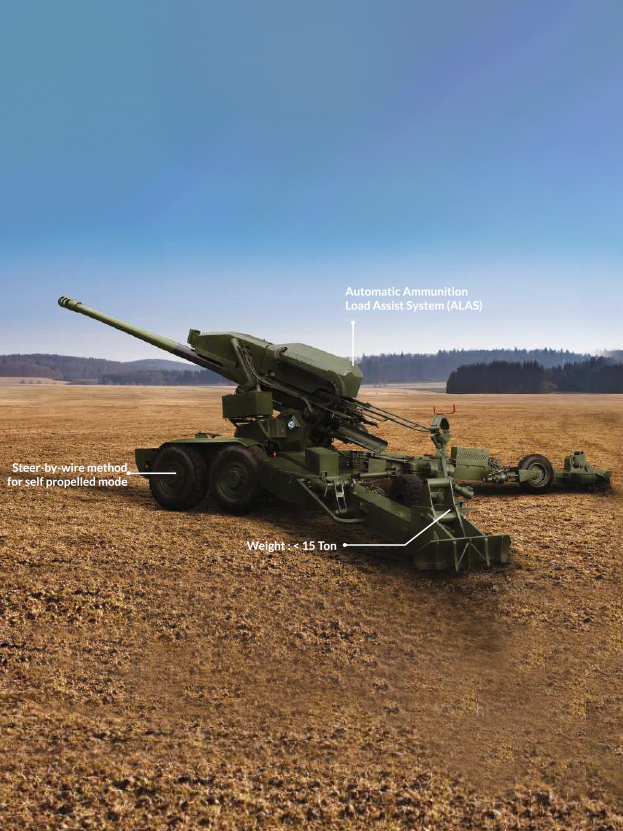

Neelesh Tungar, Whole Time Director and CEO of Kalyani Strategic Systems Limited (KSSL), a key entity within the Kalyani Group, has officially announced that the company will introduce its Bharat 52 in response to the Indian Army’s Towed Gun System (TGS) tender for a 155mm/52 Caliber Gun System.
This move comes after speculations that KSSL might develop a new, lighter 15-ton towed gun based on the heavier ATAGS (Advanced Towed Artillery Gun System). Instead, KSSL has opted to repurpose and enhance their existing Bharat 52, originally developed in 2012, to meet the tender’s specifications.
Continue readingSOURCE: RAUNAK KUNDE / NEWS BEAT / IDRW.ORG
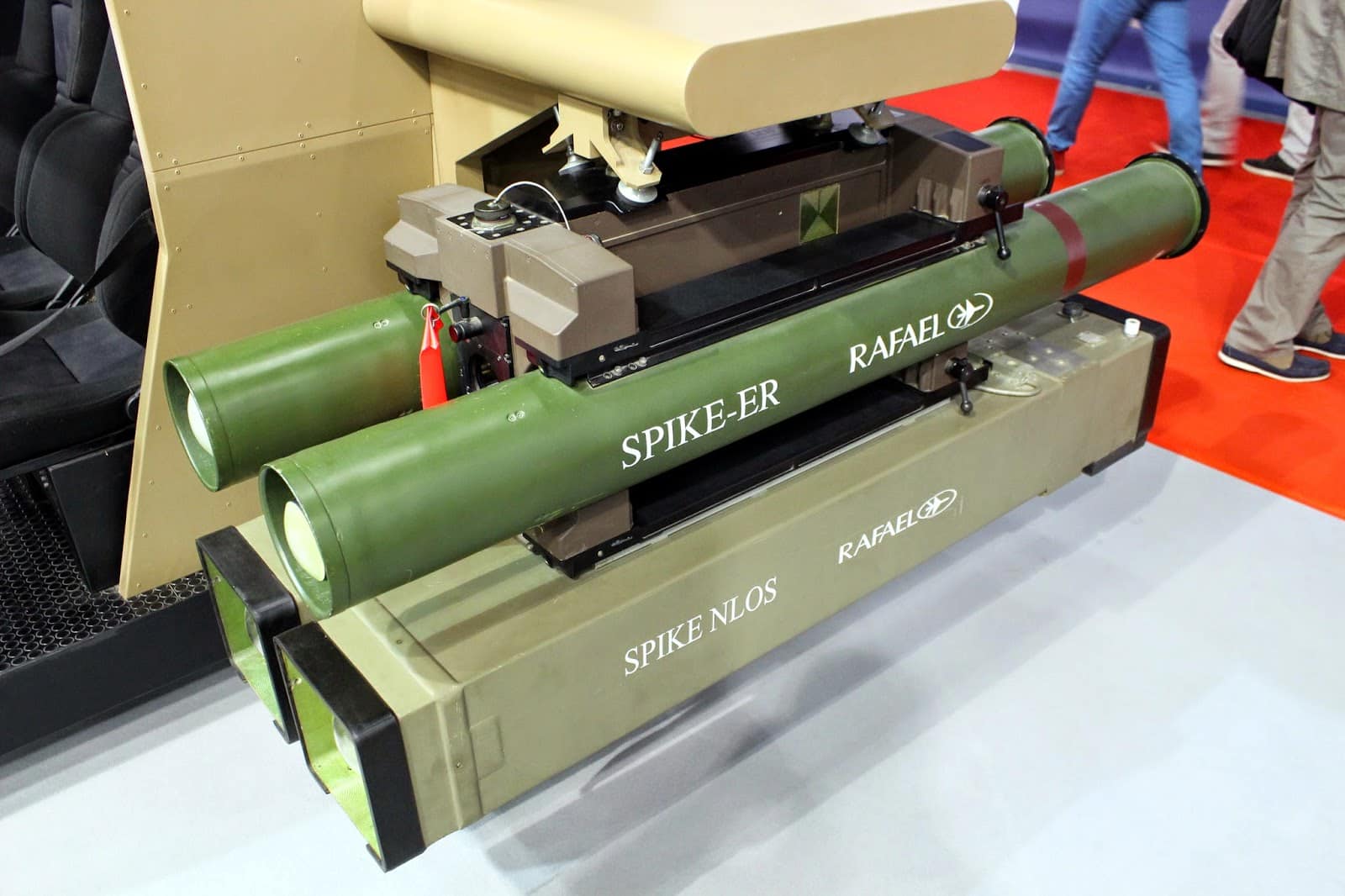

The Indian Air Force (IAF) is now integrating the SPIKE NLOS (Non-Line of Sight) missile system onto its Mi-17 transport helicopters, significantly enhancing their offensive capabilities. The 6th Generation SPIKE NLOS missile brings revolutionary features that provide unparalleled advantages in modern warfare. This state-of-the-art system effectively shortens the sensor-to-shooter loop, allowing for rapid engagement of multiple targets at extended stand-off and beyond-line-of-sight (BLOS) ranges.
One of the missile’s key features is its real-time tactical intelligence and battle damage assessment (BDA), which enables dynamic target adjustments and even mid-flight mission abortion. This flexibility ensures precision targeting while reducing the risk of collateral damage. The system supports launching and controlling salvos of up to four missiles simultaneously from a single launcher, all managed by a single operator. Additionally, the SPIKE NLOS system allows for missile handover between platforms, meaning one platform can launch a missile, while another platform can guide it to its target.
Continue readingSOURCE: AFI


On February 17, 2025, at the International Defence Exhibition and Conference (IDEX) in Abu Dhabi, Kalyani Strategic Systems Ltd., a wholly-owned subsidiary of Bharat Forge Ltd., introduced India’s pioneering 155mm/45Cal Mounted Gun System named MArG 45. The launch of this innovative defense technology was officiated by His Excellency Shri Sunjay Sudhir, the Ambassador of India to the UAE, marking a significant moment in the exhibition’s history.
MArG 45 is an upgrade of the MArG 39. The MArG 45 stands out as India’s first mounted gun system of its kind, designed to enhance the mobility and firepower of artillery units on a 4×4 in the world.
Continue readingSOURCE: AFI


Bharat Dynamics Limited (BDL) has signed a Memorandum of Understanding (MoU) with US-based Ultra Maritime to locally manufacture sonobuoys in India. This strategic collaboration aims to bolster India’s indigenous defense manufacturing capabilities, particularly in anti-submarine warfare (ASW) technologies.
Sonobuoys are critical components in modern naval warfare, used for detecting and tracking submarines. With this partnership, BDL and Ultra Maritime will work together to establish a robust local production line for these essential ASW assets. This move aligns with the Indian government’s ‘Make in India’ and ‘Atmanirbhar Bharat’ initiatives, enhancing self-reliance in defense production.
Continue readingSOURCE: AFI


On the inaugural day of NAVDEX 2025, held at the ADNEC Centre in Abu Dhabi, UAE, His Highness Sheikh Nahyan bin Zayed Al Nahyan, a distinguished member of the UAE Royal Family, made a notable visit to the BrahMos Aerospace pavilion. The visit underscored the growing defense collaboration between India and the UAE, focusing on advanced missile technology.
Mr. Praveen Pathak, Director of Market Promotion & Exports at BrahMos Aerospace, had the honor of briefing Sheikh Nahyan about the capabilities of the universal BRAHMOS Weapon System. The briefing highlighted the versatility and strategic importance of the BrahMos missile, which is a joint venture between India’s Defence Research and Development Organisation (DRDO) and Russia’s NPO Mashinostroyeniya.
Continue reading